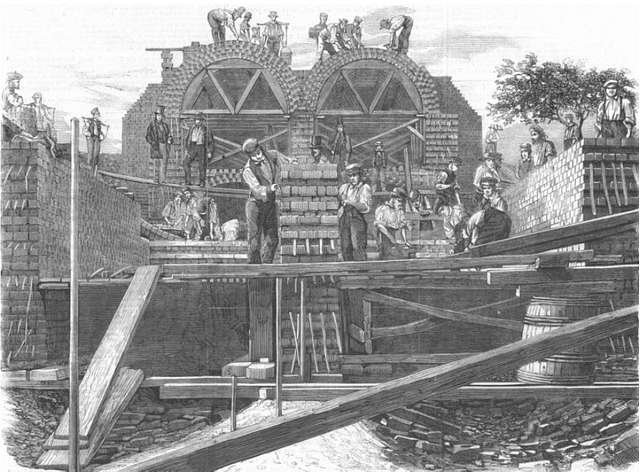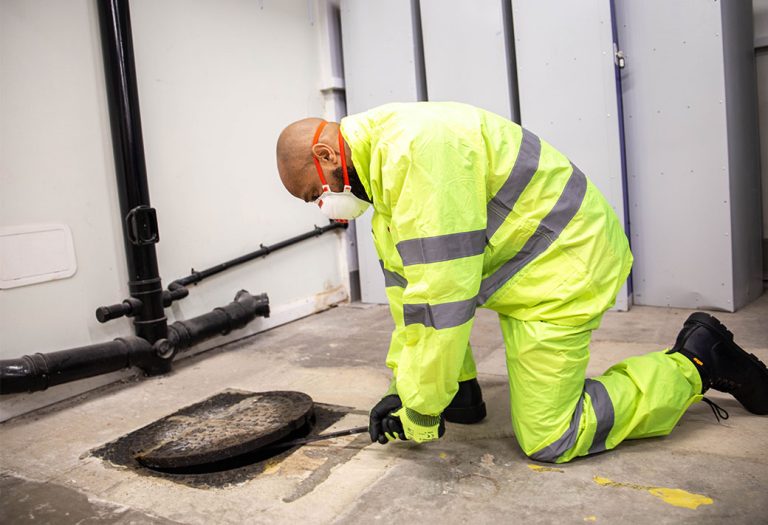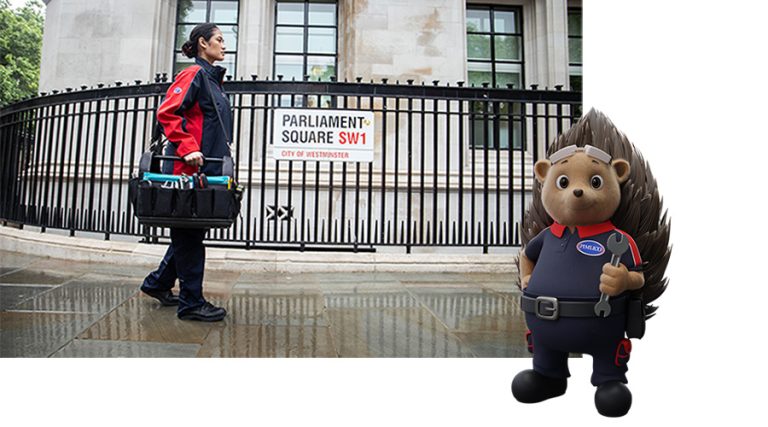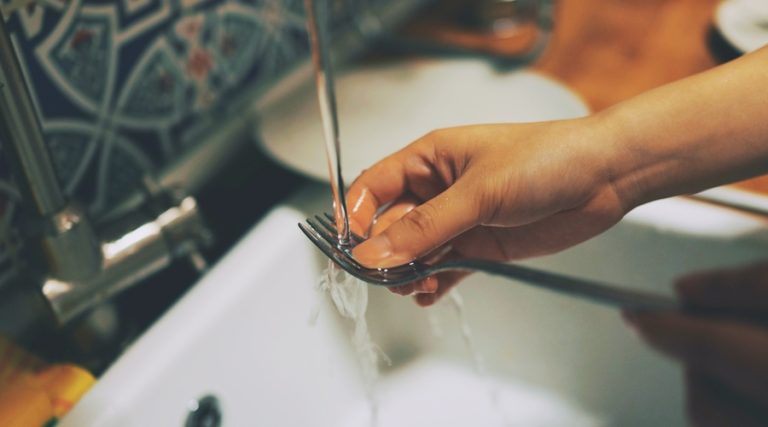The Evolution of London Plumbing: A Brief Guide

The history of plumbing in London is captivating. It covers centuries of progress, from the Roman era to today’s modern, efficient systems. Plumbing has come a long way since its beginnings.
London’s plumbing systems have been constantly improved to meet modern standards of efficiency. This guide will explore the transformation of these systems, including the challenges and solutions that were employed. As a result, these systems now serve millions of people.
The Roman Era: London’s Plumbing History Begins
London’s plumbing history starts with the Romans, who established the city of Londinium in AD 43. Known for their engineering expertise, they introduced a complex network of aqueducts, lead pipes, and sewage systems to the city. These advancements enabled clean water distribution to public baths, fountains, and private residences, while simultaneously managing waste disposal.
Medieval London: Plumbing Decline and Challenges
Following the Roman Empire’s collapse, much of their engineering knowledge was lost. During the medieval period, London’s plumbing infrastructure crumbled, with people resorting to wells and the River Thames for drinking water.
Waste disposal became a huge problem. People were throwing rubbish into the streets and rivers, causing unhealthy and dangerous conditions. Diseases spread quickly as a result.
The Great Stink: London’s Plumbing History Turning Point
The Industrial Revolution led to rapid population growth in London, worsening the city’s water supply and sewage disposal problems. By the mid-19th century, the Thames had become an open sewer, culminating in the notorious “Great Stink” of 1858. The unbearable stench prompted the government to take action, commissioning engineer Joseph Bazalgette to design a new, comprehensive sewage system.
Bazalgette’s Masterpiece: Modern Sewer System for London
Joseph Bazalgette designed a groundbreaking sewer system. It included over 1,100 miles of brick-lined tunnels. These tunnels redirected waste from the Thames to treatment facilities.
His plan also included constructing pumping stations and implementing a series of embankments to contain the river. Bazalgette’s innovative solution resolved the Great Stink issue and laid the groundwork for modern plumbing in London.
20th and 21st Century Advances: Plumbing Innovation Continues
Throughout the 20th and 21st centuries, London’s plumbing infrastructure evolved, with new technologies addressing the challenges of an expanding city. Water supply and sewage treatment facilities were modernised, and ageing pipes were replaced with more durable plastics.
Today, London has an advanced plumbing system. It ensures clean water for its citizens and efficient waste management.
London Plumbing Companies: Pimlico Plumbers
London’s plumbing infrastructure relies on companies like ours. Pimlico Plumbers was founded in 1979, to help maintain and improve plumbing across the capital.
Since 1979 we have become one of London’s most trusted plumbing companies. Employing a skilled team of experts who work tirelessly to keep the city’s water and sewage systems functioning.
Our 24/7 availability and commitment to customer satisfaction means we are always on hand to help Londoners.
In summary
The history of plumbing in London showcases human innovation and adaptation in the face of adversity.
London has faced many challenges in providing clean water and efficient waste disposal for its citizens since the Roman era. Engineering advancements, such as Joseph Bazalgette’s sewer system, have improved the city’s plumbing infrastructure. It now stands as a tribute to human ability and determination.






